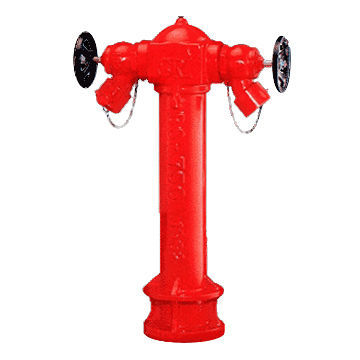

It was not until the late 1860s that hoses became widely available to convey water more easily from the hand pumps, and later steam pumpers, to the fire. Original hand pumpers discharged their water through a small pipe or monitor attached to the top of the pump tub. Until the mid-19th century, most fires were fought by water transported to the scene in buckets.

On occasion, fire hoses are used for crowd control (see also water cannon), including by Bull Connor in the Birmingham campaign against protesters during the Civil Rights Movement in 1963. Therefore, the typical fire station often has a high structure to accommodate the length of a hose for such preventive maintenance, known as a hose tower. Hoses are divided into two categories, based on their use: suction hose, and delivery hose.Īfter use, a fire hose is usually hung to dry, because standing water that remains in a hose for a long time can deteriorate the material and render it unreliable or unusable. It is necessary to convey water either from an open water supply, or pressurized water supply. Hose is one of the basic, essential pieces of fire-fighting equipment.

The usual working pressure of a firehose can vary between 8 and 20 bar (800 and 2,000 kPa 116 and 290 psi) while per the NFPA 1961 Fire Hose Standard, its bursting pressure is in excess of 110 bar. Indoors, it can permanently attach to a building's standpipe or plumbing system.
Fire hydrant hose portable#
Outdoors, it attaches either to a fire engine, fire hydrant, or a portable fire pump. Indoor fire hose with a fire extinguisherĪ fire hose (or firehose) is a high-pressure hose that carries water or other fire retardant (such as foam) to a fire to extinguish it.


 0 kommentar(er)
0 kommentar(er)
